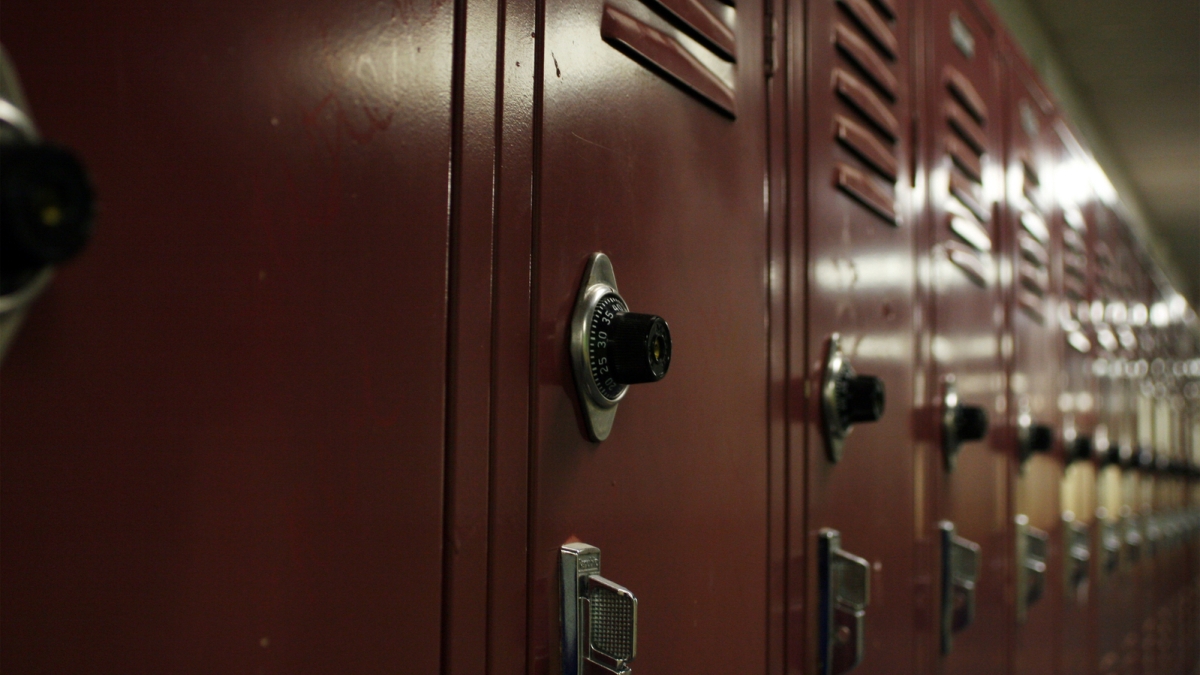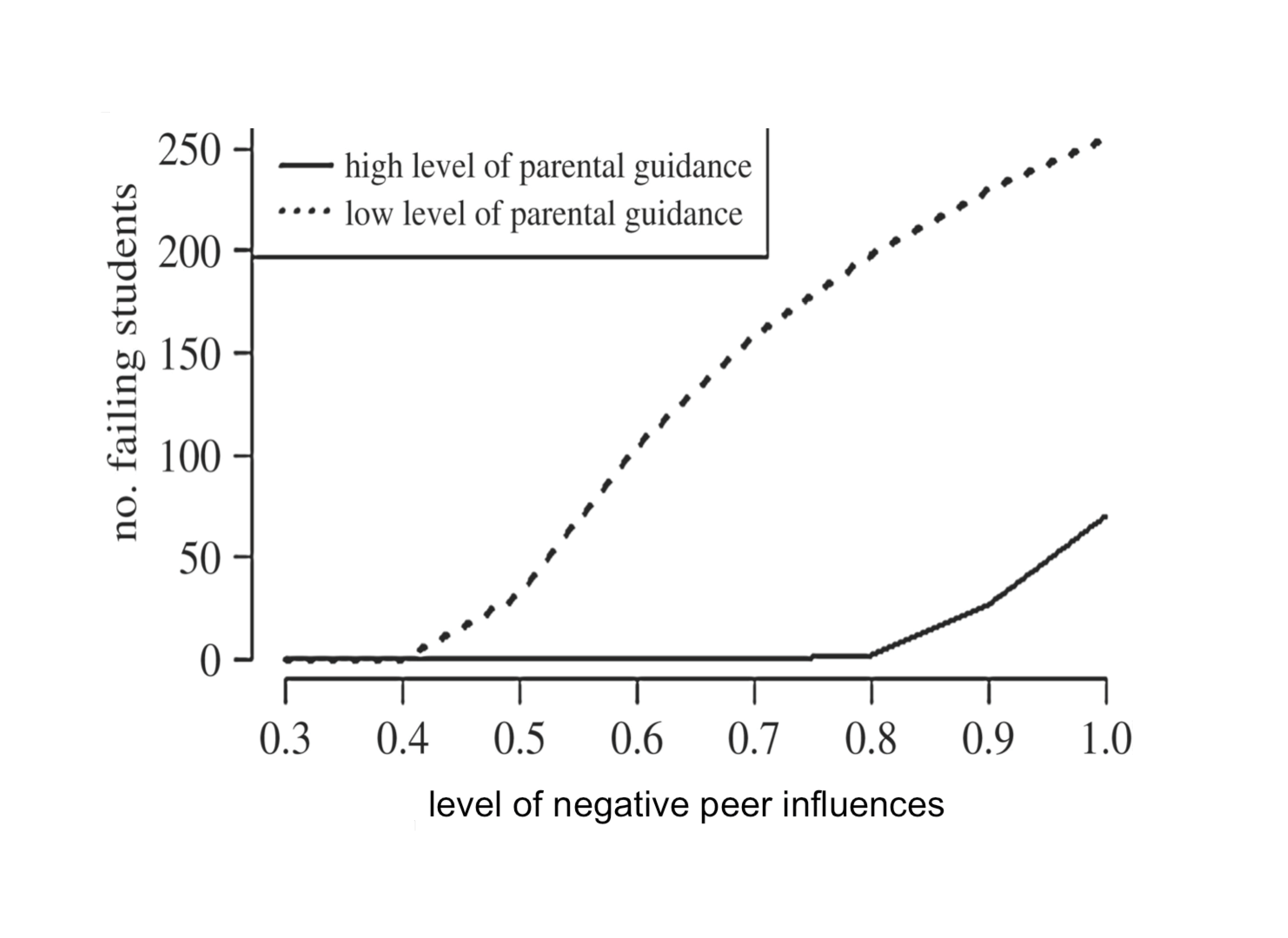Positive parenting vs. negative peers: Who wins?
ASU researcher uses mathematical modeling to show how much friends affect success for high school students

An ASU researcher has used math in an effort to reduce dropout rates by plotting the exact point where negative peer influences overwhelm positive parenting.
Anuj Mubayi, an assistant professor with ASU’s School of Human Evolution and Social Change and ASU’s Simon A. Levin Mathematical, Computational and Modeling Sciences Center, says this research could help correct “a big gap in research-funded education policies,” which “have fallen short in many neighborhoods.”
Anuj Mubayi
Mubayi initiated the mathematical modeling research after he and a colleague visited a Chicago high school with one of the worst dropout rates in the city.
“The underlying premise of this study,” Mubayi said, “was that social behaviors can spread interpersonally through social interactions and influences, as well as through contextual influences in high-risk settings, just like infectious diseases can.”
The raw data for the new mathematical modeling from Arizona State University, Northeastern Illinois University and the University of Texas at Arlington came from a 2013 survey of 125 students at the struggling Chicago school. Areas of focus included teaching effectiveness, the role of school demographics, the impact of peer and parental influences, and academic performance.
Based on these factors, variables such as parental involvement were categorized as high, medium or low, while academic involvement was rated as passing, vulnerable or failing.
Peer influence also was measured on a sliding scale, determined by asking students to identify their friends’ academic performance and interest levels, as well as their exposure to previous dropouts.
“In this instance, more than 50 percent of students reported their friends thought that school was a ‘waste of time,’” Mubayi said.
So, can parents keep children from dropping out just by being more involved in their education? Yes, but only to a point, the study shows.
Image courtesy of Royal Society journal Proceedings A
It highlights the importance of positive peer groups. If a student with high parental involvement hits a moderately high range of negative influence from peers, their risk of failing and dropping out begins to trend upward on a similar trajectory as those students whose parents display much lower levels of engagement.
If any student begins to falter academically as a result of either or both influences, time is really of the essence, Mubayi added.
“Our study showed that once performance drops to a certain point, later increases in positive parental influence are no longer enough to reverse the trend and may even make things worse as the student rebels,” he said.
While providing some initial insights into the importance of positive parent-child interactions and early encouragement for vulnerable students, the question of how to more broadly protect and grow academic success remains complex.
For now, Mubayi’s team, which currently includes Bechir Amdoni (Northeastern Illinois University), Marlio Paredes (University of Puerto Rico at Cayey), and Christopher Kribs (University of Texas at Arlington), plan to expand their study to more schools in order to understand these influences in a wider spectrum of educational environments.
“Our study also revealed more half of dropouts do not live with their parents, so there are also social, economic and emotional factors that we must consider to address these issues more holistically,” Mubayi said.
Mubayi is also working the problem from another angle as the co-director of a renowned undergraduate summer training program called the Mathematical Theoretical Biology Institute (MTBI). This ASU program, which has received two presidential awards, was initiated by mathematician Carlos Castillo-Chavez 21 years ago and focuses on improving dropout rates for college students while promoting graduate programs in STEM disciplines.
The full study “Why do students quit school? Implications from a dynamical modelling study” can be viewed here in the Royal Society journal Proceedings A.
More Science and technology

The science behind chronic stress
Stress comes in many shapes and sizes. There’s the everyday stress of preparing for a final exam or being stuck in traffic. And the more significant stress of losing a friend, family member,…

ASU planetary scientist to be inducted into the National Academy of Sciences
The National Academy of Sciences is inducting School of Earth and Space Exploration Director Meenakshi Wadhwa into the 2023 class of new members for her pioneering work in planetary sciences and…

Unlocking the potential of AI for homeland security
“Can we do what we're doing now cheaper, more efficiently, more effectively?” Adam Cox, director in the Office of Strategy and Policy at the Department of Homeland Security Science and Technology…

